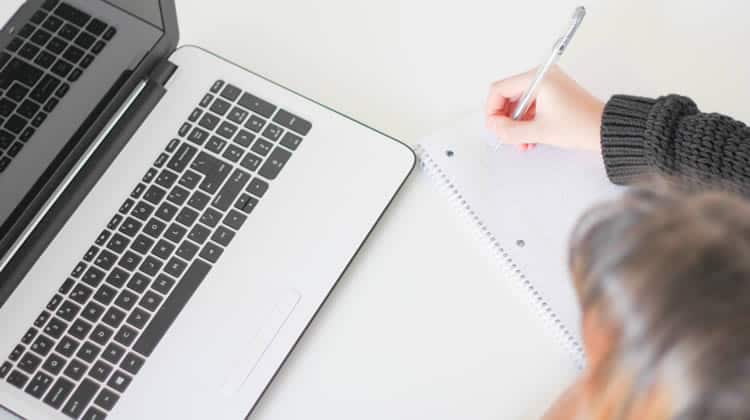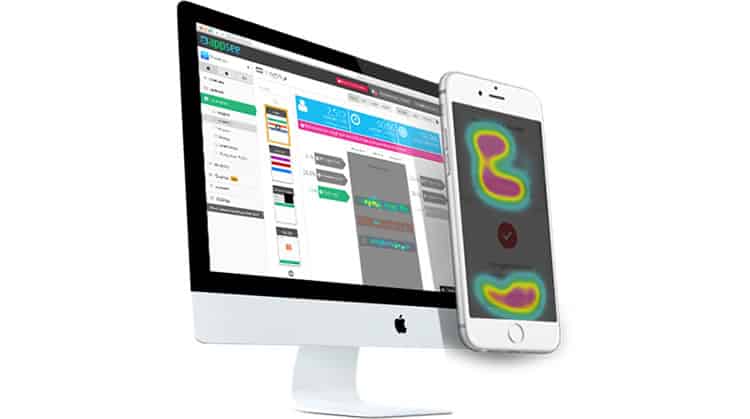
As we move into 2018, it is safe to assume that there is no single serious mobile app company out there that does not understand the value and the importance of the UX designer.
With user experience being center stage for every contemporary mobile app, UX designers are faced with a daunting task of leading from the front rather than from the back. The everlasting need of being fresh, creative, to think outside the box and bend or break the rules where possible means that they will either need to create new trends or follow current ones – always.
In this article, you will be presented with a couple of fresh ideas for every UX professional’s self-improvement in 2018. Using these as your New Year’s resolutions will help you come up with new and creative upgrades to your apps, propelling you where you want to be – at the top of the charts.
1. Practice the Art of Storytelling

The first thing you will want to do is master the art of storytelling. Users are being overwhelmed with apps and content, and their reaction, quite an instinctive one, is to ignore the majority of stuff they are bombarded with. In the battle for attention, those who are capable of telling a good story when it comes to the content experience will win. Do not forget the old saying – the power of language is the origin of magic.
2. Write an Article on UI design

“Design is a funny word”, Steve Jobs once said. “Some people think design means how it looks. But, of course, if you dig deeper, it’s really how it works.” Consumers want their stuff to “work” well – which essentially means UX pros should get better acquainted with UI design. To better understand the design process, one will need to do a substantial amount of research, which can often be boring, or even intimidating. Make your New Year’s resolution to write a single article on UI design, or ideally write regularly. This will force you to do the necessary research and learn plenty as you move along.
3. Harness Data Analytics

User experience means learning what the users want, need and enjoy, and then giving it to them in a timely and well-organised fashion. To learn what the users actually want, app pros usually turn to in-person interviews and quantitative analytics tools, such as Google Analytics. In 2018, build on quantitative analytics data by adding qualitative analytics to the mix. Tools like, for example, Appsee’s touch heatmaps or user session recordings can help app pros better understand their users’ pain points and frustrations that leave a visible dent in the overall UX.
4. Use Your Competitor’s App for a Month

When football coaches want to improve and learn something new, they watch top coaches such as Pep Guardiola, Jose Mourinho or Antonio Conte (and others!). Architects analyse the works of greats such as Daniel Libeskind or Renzo Piano. So why not employ that same approach to improving yourself as a UX designer? Use your competitor’s app for a month, see how it feels and you will probably learn a thing or two from it.
5. Augment Your Reality

Augmented reality seems like one of those buzzwords whose underlying technology never really found a true purpose in mobile apps, other than those lame Snapchat videos. In reality, AR can be used to improve mobile UX significantly. IKEA upgraded its mobile retail app considerably by adding AR, allowing users to see how a specific piece of furniture would fit in their apartment. Housecraft has taken things a step further, expanding to more items than just IKEA furniture. For 2018, it would be in your best interest to learn the ins and outs of AR and how it can potentially apply to your own app’s UX.
6. Try Ditching the Password

Apple has made quite a ripple with its facial recognition technology, embedded in the new iPhone X, and for a good reason, too. Biometrics are solving a massive issue for modern mobile users, and that is an overabundance of usernames and accounts to remember. Adding biometric features to the mobile app, be it facial recognition, fingerprint scanner or anything else, will make the app faster to use and more secure at the same time, which will have a profound effect on UX.
7. Become a Whiz at Color Theory

No, I do not mean wearing orange sweaters with brown leather jackets, but sure, you can use it for that, too. Color is a powerful tool in UX design which is often underestimated and underappreciated. Learning color theory like the back of your hand, will help you organise color schemes, know when to employ contrast, designing for color blindness, all of which can leave a huge (hopefully positive) impact on the overall user experience of an app.
8. Try Teaching Someone UX Design

Chances are, you are not fully aware of what you know and what you do not know, and in that case, it becomes that much harder actually to improve. Instead of trying to find someone better or more experienced in UX design than you, do the exact opposite and bring in an apprentice. There is no better way to improve yourself than to listen to someone else’s questions and reflect on them. You will be amazed at how much you can learn and grow this way.
9. Send ‘Above the Fold’ to the Scrapyard

Here is another New Year’s resolution for you – get rid of the above the fold fetish. A few years ago it might have made sense to put the most important things above the fold, to make sure users are greeted with the essentials first. However, it is 2018 and scrolling is something that has become second nature to all mobile users. Considering the limited real estate a mobile screen offers, this habit comes as very valuable breathing space for UX designers.
10. Explore AI as a Driver Behind Personalisation

They say that all great new ideas are old ideas with a fresh twist. If mobile app personalisation is the old idea that improved mobile app UX – then personalisation through AI is that 2018 twist. Big players are already tapping into the new trend – Starbucks has the ‘My Starbucks Barista‘, and TacoBell has the TacoBot, so spare a few thoughts for AI in the service of mobile app personalisation.
Closing Comments
In the past couple of years, UX has assumed the role of every app’s beating heart, and if not maintained, the app might turn into a zombie. Pumping fresh blood into the app’s bloodstream comes in the form of constant vigilance, where the UX designers need to consistently gather data and come up with fresh, outside-the-box ideas.
With these key New Year’s resolutions, mobile UX designers can set their sights on what’s new and exciting in the future of mobile apps, and that will most definitely inspire them to create great new things and continue where they left off in 2017 – leading from the front.
Want to learn more?
Want to get an industry-recognized Course Certificate in UX Design, Design Thinking, UI Design, or another related design topic? Online UX courses from the Interaction Design Foundation can provide you with industry-relevant skills to advance your UX career. For example, Design Thinking, Become a UX Designer from Scratch, Conducting Usability Testing or User Research – Methods and Best Practices are some of the most popular courses. Good luck on your learning journey!
(Lead image: Depositphotos – affiliate link)
